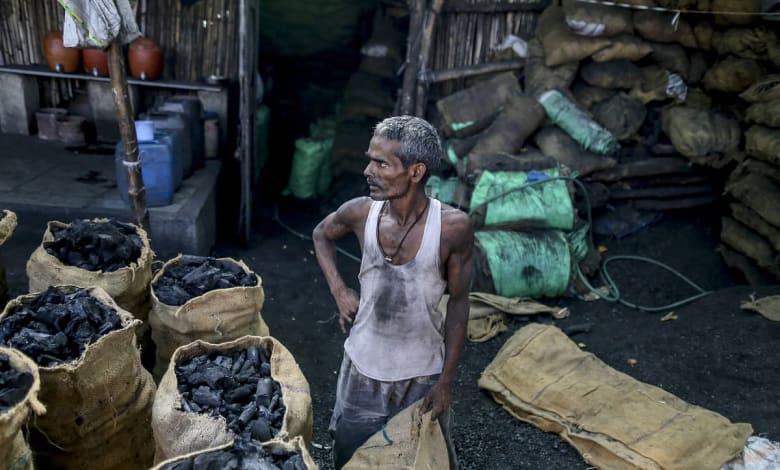6 Charts Show How Hard It Is For India To Hit Net Zero By 2050

Top government officials are debating whether to set a target for net-zero greenhouse gas emissions by 2050. Doing so would mean an overhaul of a coal-reliant energy sector, transport, heavy industry and even the nation’s sluggish bureaucracy.
All that must be achieved while the world’s third-biggest emitter also meets the aspirations of 1.4 billion people for faster economic development, which will only happen with an accelerated pace of industrialization and energy demand.
Committing to a legally binding net-zero target would help India attract some of the trillions of dollars in investment that’ll be required for a green transformation, lawmaker Jayant Sinha, a member of Prime Minister Narendra Modi’s Bharatiya Janata Party and an advocate of a 2050 goal, said in an interview.
“The world is not going to achieve its targets of halting global warming unless India is able to reduce its carbon emissions and India changes its trajectory right now,” Sinha said. Here are some of the key challenges:
Ramping Up Renewables
Reforming India’s electricity sector is key to delivering lower emissions. Renewables are already making some inroads in a system where coal is currently used for almost 70% of power generation. Since PM Modi took office in 2014 solar and wind capacity has expanded to about 93 gigawatts.





